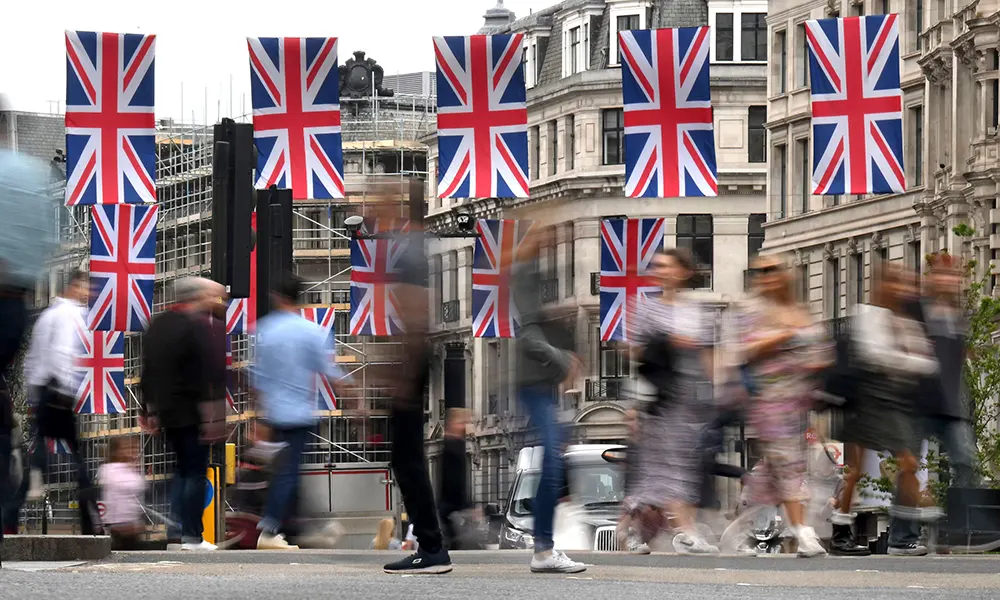Despite the Conservative Government’s pledge to reduce migration to Britain, net arrivals are at an all-time high, with the increase driven by people from outside the European Union, Ukraine and Hong Kong, according to data released Thursday.
Some 1.2million people arrived in Britain in 2022 and 557,000 people left, bringing ‘net migration’ to 606,000, a record for a full calendar year. The “numbers are too high, it’s as simple as that,” British Prime Minister Rishi Sunak told ITV after the figures were released. “I want to knock them down. »
The figures have reignited a debate over immigration levels, long a hot topic in Britain and one of the drivers behind the country’s decision to secede from the European Union. Many participants in the pro-Brexit campaign have said they want Britain to ‘take back control’ of its borders and have expressed deep anxiety about immigration and the constraints they believe are being placed on public services.
What to Know About The UK’s Controversial New Asylum Plan
A closer look at the figures reveals a very real impact of Brexit, with more EU citizens leaving than arriving in Britain Last year there was a net loss of 51,000 EU citizens. But there has been an increase in the number of people coming from the rest of the world, especially to work in health and social care. There were also more international students, who made up almost 40% of all non-EU migrants in 2022.
Britain has also welcomed more than 110,000 Ukrainians and 50,000 Hong Kongers who came on special visas.
Attitudes towards migration levels have changed dramatically since the 2016 Brexit vote. It is no longer the salient issue it once was. Polls show Britons are more concerned about inflation or the economy than immigration.
Rob Ford, a professor of politics at the University of Manchester, told a Twitter Spaces event on the subject that the situation had changed enormously since the 2016 referendum. He said there were significant spikes in public support for “more migration for catering, restaurants, construction, fruit picking. Voters react to these pressures.
“The architects of Brexit should applaud,” he added. “We have a system that voters approve of, and when pressures increase in the job market, voters say ‘ok.’ This is where the voters are. We need politicians to catch up.
But taking a hardline stance on immigration has worked for previous Conservative governments, and the current one is betting on it as well.
Sunak said he wanted to bring net migration below 500,000, the figure he “inherited” when he took office. His administration has also made stopping asylum seekers arriving on “small boats” one of its five key commitments ahead of the next general election, which is due to be held by January 2025. focusing on immigration will help galvanize their base. A recent poll found them trailing the opposition Labor Party by 18 points.
The new figures released Thursday tell many stories, one of which is that net migration may have peaked.
Madeleine Sumption, director of the University of Oxford’s Migration Observatory, said: “These unusually high levels of net migration do not have a single cause but are the result of several things happening at the same time: war in Ukraine, a boom in international student recruitment and high demand for health and care workers. Although it is difficult to predict future trends, she said, “there is no reason to assume that net migration would remain this high indefinitely.”
This article is originally published on news-24.fr


